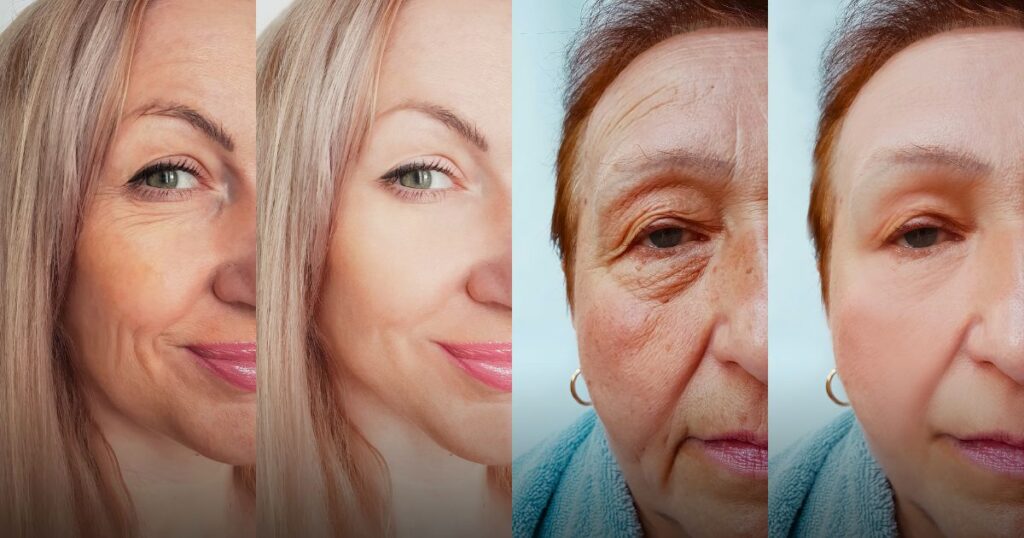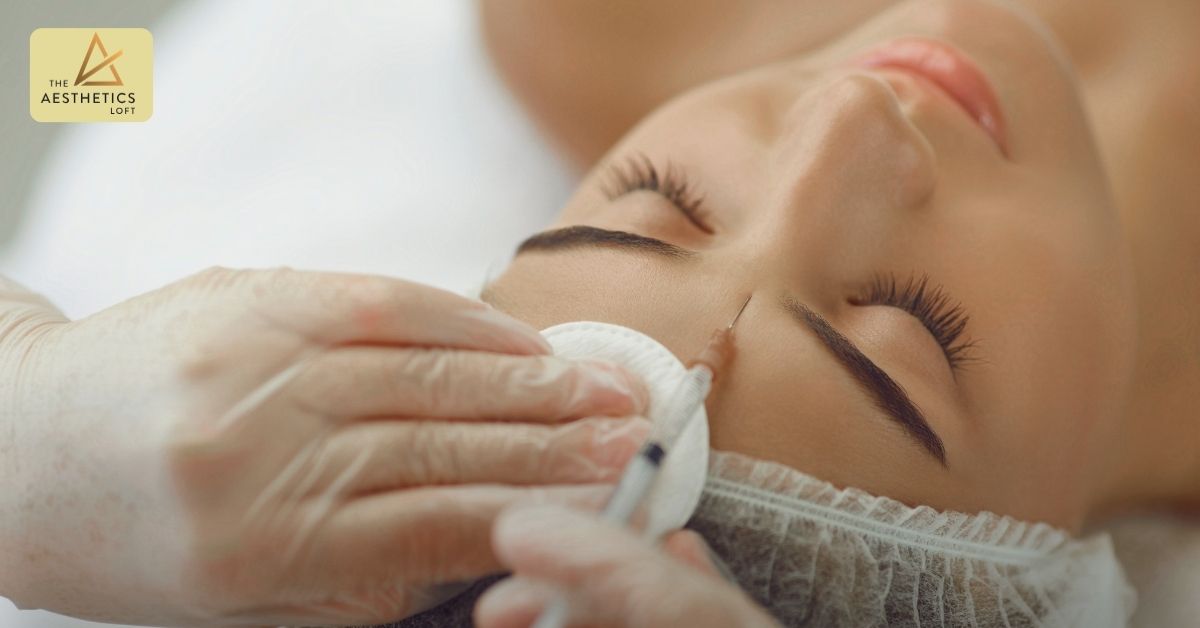Bruxism — also known as teeth grinding or jaw clenching — is a common but often overlooked issue. Many people wake up with sore jaws, headaches, or worn-down teeth without realizing why. Over time, this constant grinding can damage teeth, cause jaw pain, and affect sleep quality.
While stress, dental issues, and sleep problems are often behind bruxism, finding effective treatment isn’t always easy. Nightguards can protect your teeth, but don’t stop muscle overactivity. Stress management helps, but it’s not a fix for everyone.
This is where Botox comes in. Known mainly for smoothing wrinkles, Botox is now being used by doctors to relax the overworked jaw muscles that cause grinding. It doesn’t just protect your teeth — it tackles the muscle tension at the source.
In this article, we’ll explain how Botox works for bruxism, what you can expect from treatment, and whether it’s the right option for you. Let’s break it down step by step.
Understanding Bruxism
What Is Bruxism?
Bruxism is the medical term for grinding or clenching your teeth, often without realizing it. There are two types: daytime bruxism and nighttime bruxism. Daytime bruxism typically occurs when you’re awake, often triggered by stress or intense concentration. Nighttime bruxism happens during sleep and can be harder to notice, though the damage shows up over time.
Common signs include jaw soreness, headaches (especially in the morning), sensitive or worn-down teeth, chipped enamel, or even clicking sounds in the jaw. Some people also experience earaches without an ear problem.
As for causes, stress is one of the biggest triggers. Other factors include misaligned teeth, certain medications, sleep apnea, or other sleep disorders. Sometimes, it’s a mix of both physical and emotional causes.
Why Is It a Problem?
Bruxism isn’t just a bad habit — it can harm your health. In the short term, it leads to jaw pain, muscle tension, and headaches. Over time, the constant pressure can wear down tooth enamel, causing sensitivity or cracks. It can also strain the temporomandibular joint (TMJ), leading to TMJ disorders, which cause pain, stiffness, or difficulty opening the mouth.
Sleep quality also takes a hit. Grinding can disrupt both your rest and your partner’s, leaving you tired and irritable during the day.
With that in mind, let’s explore why traditional treatments don’t always solve the problem — and how Botox offers a different kind of relief.
Traditional Treatments for Bruxism
Before we look at Botox, let’s quickly cover the common treatments people try for bruxism — and why they don’t always work.
Nightguards and Splints
Nightguards and splints are common tools used to manage bruxism. They work by creating a barrier between your upper and lower teeth, which helps prevent grinding-related wear and tear. These devices don’t stop the clenching itself but protect the enamel and reduce the risk of cracked or chipped teeth.
However, they don’t address the root issue — overactive jaw muscles. The grinding motion still happens, just with less damage to the teeth.
Behavioral Approaches
Behavioral methods aim to reduce the habits or triggers behind bruxism. Stress management, like relaxation exercises or therapy, can help calm the mind and reduce clenching caused by anxiety. Physical therapy may include jaw stretches or massage to ease muscle tension. Habit reversal techniques, like learning to position the jaw properly during the day, can help break the clenching cycle.
These strategies can be useful, but they often require commitment and time to show results.
Why They Sometimes Fall Short
While nightguards and behavioral approaches help many people, they have limits. Some struggle to wear a nightguard regularly because of discomfort or fit issues. Others find that stress management alone doesn’t fully relax the jaw muscles, especially during sleep.
Most importantly, these treatments don’t directly reduce muscle overactivity — they manage the symptoms, not the cause. That’s where Botox offers a different approach, and we’ll explain how it works next.
How Botox Helps Bruxism
Botox is a purified protein that relaxes muscles by blocking the nerve signals that tell them to contract. For bruxism, Botox is injected into the masseter and sometimes temporalis muscles — the main muscles used for chewing and clenching. By calming these overworked muscles, Botox reduces the force of jaw clenching and grinding without stopping essential movements like talking or eating.
In simple terms, Botox doesn’t “freeze” your jaw; it softens the excessive tension that leads to pain and damage. This makes it a unique option because, unlike nightguards or stress management, it directly targets the muscle activity driving bruxism.
What Happens During Treatment?
Consultation and Muscle Assessment
Before the procedure, you’ll meet with a trained provider who will check your jaw for tightness, ask about your symptoms, and decide where injections are needed. The masseter muscle (along the jawline) is usually the main focus, but some patients also benefit from treating the temporalis muscle at the temples or, in rare cases, the frontalis muscle on the forehead if facial tension is widespread.
Injection Process
The treatment itself is quick. Most people receive between 10 and 30 units of Botox per side, depending on the severity of the grinding. A few small injections are placed directly into the targeted muscles. You may feel a brief pinch, but discomfort is minimal, and the session usually takes under 20 minutes. There’s no downtime, so you can go back to your usual routine the same day.
Timeline for Seeing Results
Improvements typically start within 3–7 days, with full effects in about two weeks. You may notice less jaw tension, fewer headaches, improved sleep, and even relief from related earaches or facial discomfort. The muscle-relaxing effects last about 3–6 months before gradually wearing off, making repeat treatments the best way to maintain results.
Benefits of Botox for Bruxism
- Reduces Jaw Tension and Pain
Botox calms overactive muscles, easing jaw soreness, facial tightness, and even earaches linked to bruxism. - Prevents Tooth Damage and Sensitivity
By softening the clenching force, Botox helps protect teeth from chipping, cracking, or wearing down — and reduces the sensitivity that often follows. - Improves Sleep and Daily Comfort
With the jaw relaxed, you may sleep more soundly and find daily activities like chewing or speaking more comfortable. - Slims the Jawline (Bonus Cosmetic Effect)
Long-term clenching can bulk up the masseter muscles, creating a wider jaw appearance. Over time, Botox can slim the lower face, offering both symptom relief and aesthetic improvement.
What to Expect After Botox Treatment

How Long Does It Last?
The effects of Botox for bruxism typically last between 3 and 6 months. Over time, the body naturally breaks down the Botox, and muscle activity slowly returns. This is why repeat treatments are usually needed to maintain results. Many patients schedule sessions two to three times a year, depending on their symptoms and how long the effects last for them.
It’s worth noting that some people find they need less Botox over time as their muscles “unlearn” the clenching habit.
Possible Side Effects and Risks
Most people tolerate Botox well, but like any procedure, there are some potential side effects.
- Mild Swelling or Bruising: You may notice slight swelling or bruising at the injection sites, but this usually fades within a few days.
- Rare Risks: In rare cases, people experience slight muscle weakness or asymmetry in the face. Choosing an experienced provider reduces this risk significantly.
Overall, Botox is considered safe when done by a trained professional, and serious complications are uncommon.
Who Is (and Isn’t) a Good Candidate?
Botox is a good option for adults with moderate to severe bruxism, especially if other treatments like nightguards or stress management haven’t worked well. It’s also helpful for people with jaw pain, headaches, or noticeable jaw muscle enlargement from clenching.
However, Botox isn’t recommended for everyone. It’s usually avoided during pregnancy or breastfeeding. People with certain neuromuscular disorders or allergies to Botox ingredients should also skip this treatment.
Understanding if you’re the right candidate is key, so always consult with a qualified provider who can assess your case and discuss the best approach.
Comparing Botox to Other Bruxism Treatments
Is Botox Better Than Nightguards?
Nightguards and splints act like a shield, protecting the teeth from grinding damage. But they don’t stop the jaw muscles from clenching — they simply reduce the harm caused by it. Botox, on the other hand, addresses the muscle overactivity directly. It reduces the strength of the clenching, lowering the risk of pain, tooth damage, and jaw muscle enlargement.
While nightguards are often the first step, Botox offers an option for people who need more than just protection — they need relief from the muscle tension itself.
Can You Combine Botox With Other Treatments?
Yes, combining Botox with other treatments can often deliver better results. For example, someone might use Botox to relax the jaw muscles while also practicing stress management or physical therapy to address emotional or behavioral triggers.
This combined approach helps manage both the physical and emotional sides of bruxism. It’s not always about choosing one treatment over another — sometimes the best plan uses both.
Conclusion
Botox for bruxism isn’t just about stopping grinding — it’s about improving overall quality of life. For many people, untreated bruxism leads to poor sleep, daily discomfort, dental costs, and even emotional stress from ongoing pain. What makes Botox stand out is that it gives patients a non-invasive option to break that cycle and reclaim comfort, confidence, and rest.
Importantly, Botox isn’t a one-size-fits-all fix. It works best when paired with a personalized plan that may include stress management, physical therapy, or dental care. The real value comes when patients work with an experienced provider who understands both the physical and lifestyle factors behind bruxism.
If you’ve been living with jaw pain or teeth grinding that just won’t improve, Botox may offer the relief you need — not as a last resort, but as part of a smarter, long-term solution.

